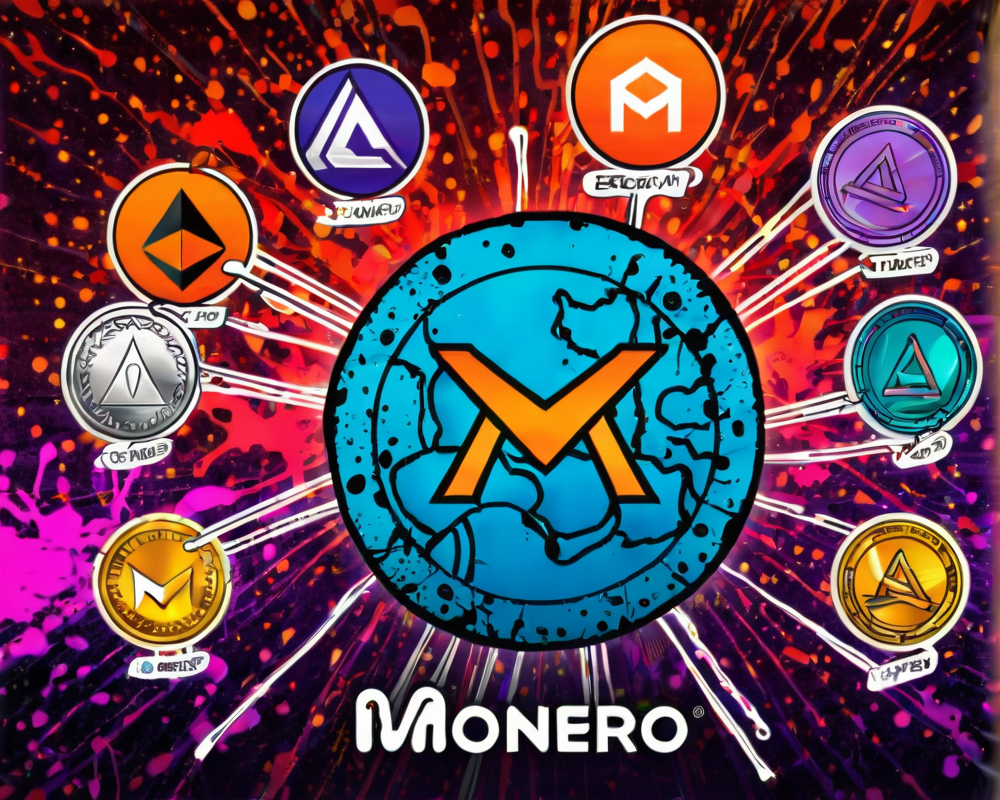Understanding FINMA’s Role in Stablecoin Regulation
The Swiss Financial Market Supervisory Authority, better known as FINMA, has been busy brewing up regulations tailor-made for stablecoins. As of September 11, 2023, they’ve unveiled a supplementary set of guidelines aimed directly at those shiny tokens that promise stability in the often-volatile world of cryptocurrency. If you’ve ever wanted to know how regulators feel about digital coins that are less like the wild west and more like a gentle pastoral scene, keep reading.
Same Risks, Same Rules
FINMA believes in a mantra that might sound familiar: “Same risks, same rules.” They approach stablecoins like they would any other blockchain-based token – with a sharp eye on the economic function and the purpose of the coin. They want to ensure that no matter how cool the technology is, the risks associated with it aren’t skipped over. This is impressive because it means everyone is on a level playing field, or at least a field with similar-sized potholes.
What Variables Factor In?
So, how does FINMA determine how tightly to hold those reins? It all comes down to what backings are in place for these stablecoins. A token backed by a few solid currencies is one thing, but throw in commodities, real estate, or securities, and you’ve got a whole different ballgame. The regulatory requirements can cover territory as diverse as:
- Money laundering regulations
- Securities trading laws
- Banking standards
- Fund management rules
- Financial infrastructure guidelines
The Libra Project Gets Specific Attention
Ah, the Libra Association. They’ve become a familiar name since their project first burst onto the scene. According to FINMA, the proposed Libra project has declared its intention to operate within Swiss law’s embrace. However, it will need to secure a payment system license that adheres to the Financial Market Infrastructure Act (FMIA). This has all the excitement of a thrilling heist movie—except in finance, the heist is to not be considered a financial rogue.
A License with a Twist
The catch, as mentioned, is that the Libra Association might need to face additional requirements if their operations resemble anything more than straightforward payment systems. This includes allocating capital properly for various risks – credit, market, and operational – to avoid surprises that could threaten their stability, much like the social contracts we cherish but often ignore. Imagine trying to explain that to a bunch of coins: “Listen, if we’re gonna hang out, we need to talk about responsibilities!”
International Regulations: A Team Effort
Lastly, let’s not forget the international nature of this venture when FINMA mentions the need for an internationally coordinated approach. If the world can rally around climate change, surely it can do the same with cryptocurrency governance, right? Regularizing reserve management, governance, and anti-money-laundering systems will be key to making sure that stablecoins don’t turn into the financial equivalent of a pie-eating contest—lots of fun but certainly not without its risks!




